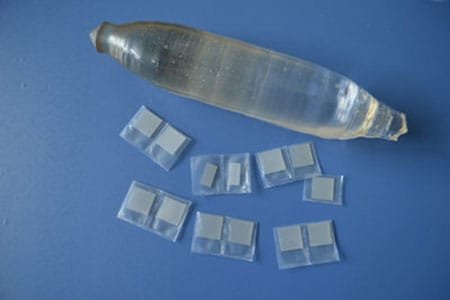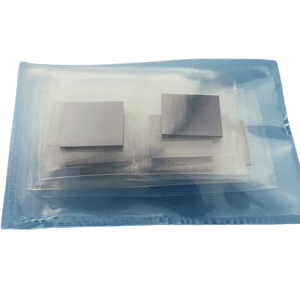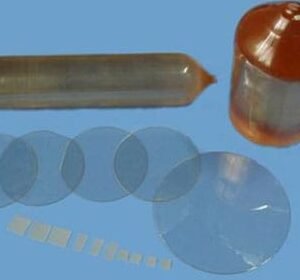Yttrium Orthoaluminate Substrate Substrate Overview
TFM offers high-quality Yttrium Orthoaluminate substrates (YAlO₃), known for their excellent crystal structure, high thermal stability, and superior dielectric properties. These substrates are ideal for epitaxial growth of complex oxide films and are widely used in applications such as ferroelectrics, photonics, and high-temperature electronics.
YAlO₃ substrates provide outstanding lattice matching with a variety of perovskite oxide materials, making them ideal for oxide electronics and quantum material research. Their high thermal and chemical stability ensures reliability in harsh environments, while their high refractive index and optical transparency make them suitable for optical coatings and photonic devices. These substrates are also commonly used in piezoelectric and ferroelectric devices, where high-quality interfaces are essential.
TFM supplies customized YAlO₃ substrates tailored to meet the precise requirements of advanced research and device applications, ensuring optimal performance and material integrity for next-generation electronic, optoelectronic, and photonic technologies.
Yttrium Orthoaluminate Substrate Substrate Physical Properties
| Material | YAlO3 (YAP) |
|---|---|
| Structure | Orthor. |
| Lattice (A) | a=5.176, b=5.307, c= 7.355 |
| Melting Point | 1870℃ |
| Density(g/cm3) | 5.37 g/cm3 |
| Dielectric Constant | 16-20 |
| Thermal-expans | 2-10 x 10-6 /K |
YAlO3 Substrate Specifications
| Size | 10×3, 10×5, 10×10, 15×15, 20x 15, 20x 20,Dia 1”, Dia 30 mm |
|---|---|
| Thickness | 0.5 mm, 1.0 mm |
| Polished | SSP or DSP |
| Orientation | <100>,<010>,<001>, <110> |
| Redirection Precision | ±0.5° |
| Redirection the Edge | 2°(special in 1°) |
| Angle of Crystalline | Special size and orientation are available on demand. |
| Ra: | ≤5Å(5µm×5µm) |
YAlO3 Substrate Packaging
Each substrate is packaged in a class 100 clean bag or wafer container, prepared in a class 1000 clean room to ensure optimal quality and performance.
Ideal for advanced research and industrial applications, YAlO3 substrates offer exceptional thermal stability, precision, and versatility.





Reviews
There are no reviews yet.